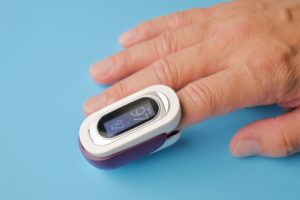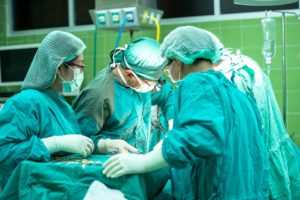Remote monitoring is opening up new possibilities for improving post-operative care, particularly for patients who have undergone bariatric surgery. The aim of this procedure is to help overweight or obese people to lose weight significantly
by modifying the stomach and/or digestive system.
Traditionally, patients need to be hospitalised for several days (4 to 6 days). However, remote monitoring can considerably shorten this period. As a result, the burden on hospitals is reduced, helping to relieve overcrowding.
Remote monitoring: optimising post-operative follow-up
The work of Dr. Shaffner and Dr. Grubbs has shown that by using telemonitoring, patients can be sent home the same day as the operation, while benefiting from appropriate remote monitoring.
One of the most common complications following bariatric surgery is gastric fistula. It may be accompanied by tachycardia, characterised by a heart rate in excess of 100 beats per minute.
To prevent such complications, it is essential to carefully monitor the patient’s heart rate. Remote monitoring systems should include connected medical devices, such as pulse oximeters or blood pressure monitors, to measure and track the patient’s heart rate in real time.

The Tucky Center platform specifically offers these connected medical devices as well as a connected scale to optimise remote post-operative monitoring of patients who have undergone bariatric surgery.
Telemonitoring therefore represents a genuine revolution in the post-operative monitoring of bariatric surgery patients. Thanks to this technology, patients can be sent home the same day as their operation, while benefiting from close, personalised medical monitoring. By integrating connected devices, healthcare professionals can quickly detect signs of complications. They also offer patients better management of their health, contributing to a more effective and lasting recovery. What’s more, this innovative approach helps to relieve hospital overcrowding by freeing up beds. Overall, the efficiency of the healthcare system is improved.

